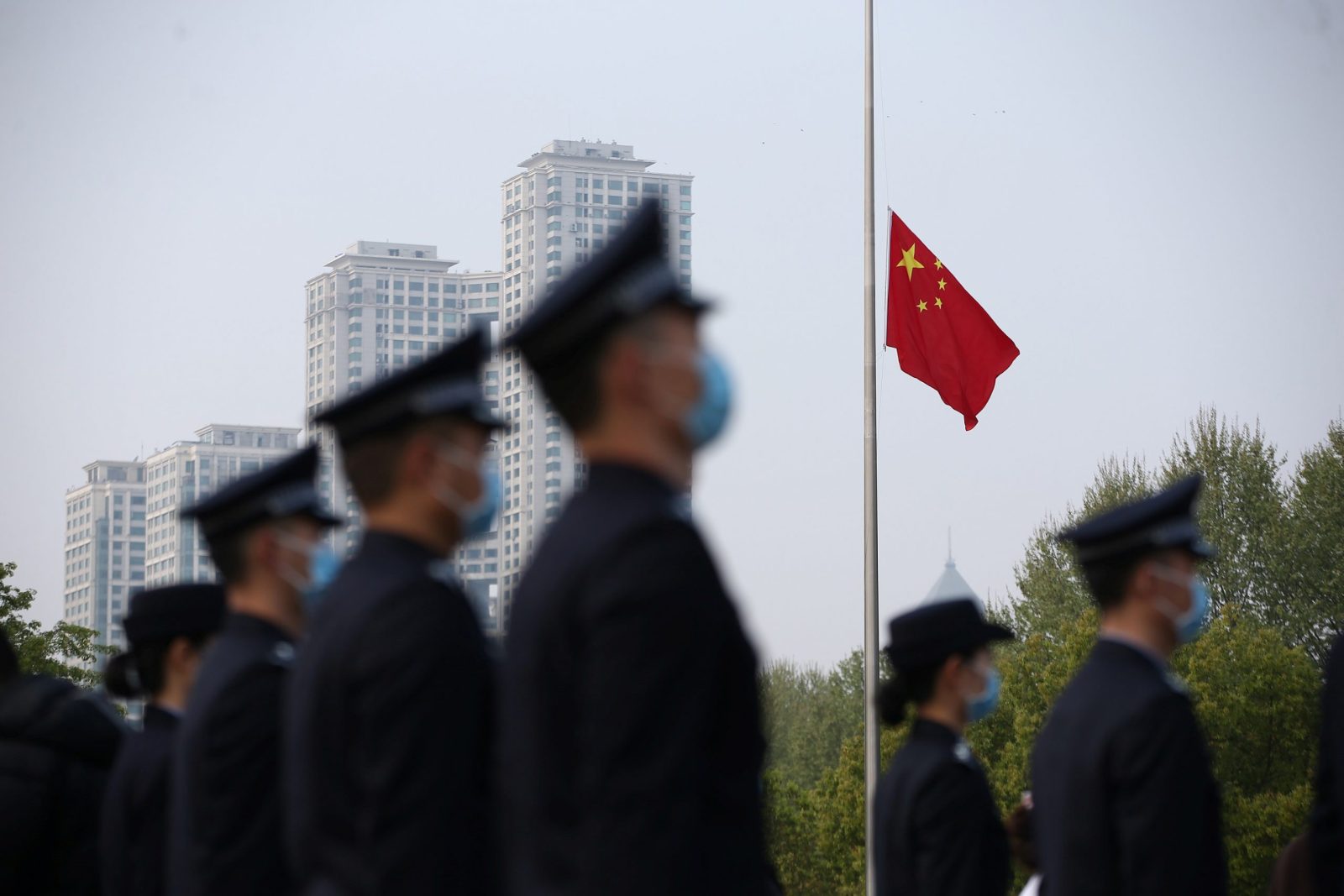Should American investors be concerned about China’s slowdown?


The highly anticipated post-COVID boom in China turned out to be short-lived, leaving economists and policymakers unsure of how to proceed with the second-largest economy in the world. Pent-up demand-driven, robust first-quarter growth hit a wall in the second quarter. China implemented some unexpected, albeit modest, rate cuts in response to lukewarm demand both domestically and internationally, high unemployment, and a cooling real estate market, defying the general global trend of “higher for longer.” China must be concerned about deflation while the majority of the world is still focused on reducing inflation. Investor worry about China’s wider global impact is rising as a result of the disappointment of China’s slowing recovery.
The interest rate reductions show that China’s government is committed to fostering economic growth, which is encouraging and might portend other policy measures to boost the economy. Even if rising interest rates have slowed economic growth globally in order to combat inflation, the weakening demand indicates that China’s policies may not be successful in reviving growth.
The economic downturn in China should serve as a reminder to investors that the post-COVID global dangers are still present. Some investors view these dangers as a reason to tighten their belts and go on the defensive, while others think that we are nearing the end of a challenging inflationary cycle and that growth assets have lots of room to run. While the developed markets may be somewhat affected by China’s slowing development, the global markets will be significantly more affected by the economic threats in the United States and Europe.
Get back to Seikum News 🤓
More dangerous than China’s deflation is global inflation today.
Inflation has decreased from its peak in many regions of the world, including Europe and the U.S., but it is still higher than the preferred 2% objective set by policymakers. History suggests that there is a greater chance of another increase or surge in inflation than officials are willing to acknowledge. The preliminary inflation rate for August in Europe was a troubling 5.3%, which increased the chances of another interest rate increase. On the surface, it appears that U.S. inflation is headed in a more positive direction, but as the problem enters its third year, it is unclear exactly when it will return to 2% or whether additional interest rate increases would be required to succeed. While higher interest rates continue to have a negative impact on growth, purchasing power is still being lost at a dangerous rate. Although the U.S. economy may land gently, there is still a long way to go.Short-term risks are factored in for China.
Although any anticipated slowdown in exports to China will have less of an effect on investors than inflationary pressures, U.S. corporations that export to China have noted the slowdown in lowering their earnings guidance. After a post-COVID shutdown spike, Chinese stocks underperformed other markets in the first half of 2023. Markets have factored in the slowdown in growth, which is reflected in the lower valuations of Chinese and stocks having exposure to China. Additionally, following a tense era, U.S.-China ties have recently begun to show indications of improvement. China continues to be in a position to profit from long-term structural trends as a result of its government’s support for economic growth. High household savings should increase future consumption. Particularly the tourism industry has seen steady growth as middle-class families prefer to spend their savings on experiences. Government spending on green energy and technology, however, reflects priorities placed on long-term, high-quality growth.The impact of China on emerging markets
The United States and other developed market economies will only be slightly impacted by China’s slowdown, whereas developing market economies have been significantly impacted. In August, the slowdown put pressure on South Korea’s currency and stock market. Building material demand has significantly decreased as a result of the difficulties in the real estate sector, which is another important demand driver for commodities from emerging countries in China. Brazilian equities have decreased as a result. For investors, there are several promising emerging market opportunities. India has not been impacted by the recession in China, and may even gain from a shift in foreign investment from China to India. As a result of the nearshoring trend and supply chain disruptions brought on by the pandemic, Mexico has also benefited from a shift in investor preferences. Due in part to the growing usage of artificial intelligence, which will fuel growth in China, Taiwan, and South Korea, Asia’s semiconductor demand is expected to improve soon. Investors must continue to resist the urge to act on headlines and short-term anxieties. Investors in the United States should be aware of domestic bias and the dangers of investing too much of their portfolio in local shares, particularly in light of the prevalence of headlines concerning global slowdowns in the economic news. China’s current problems are serious and won’t go away soon, but the United States’ own economic difficulties will last for a while as well. This is why sensible investing still relies heavily on having a long-term perspective.Get back to Seikum News 🤓




